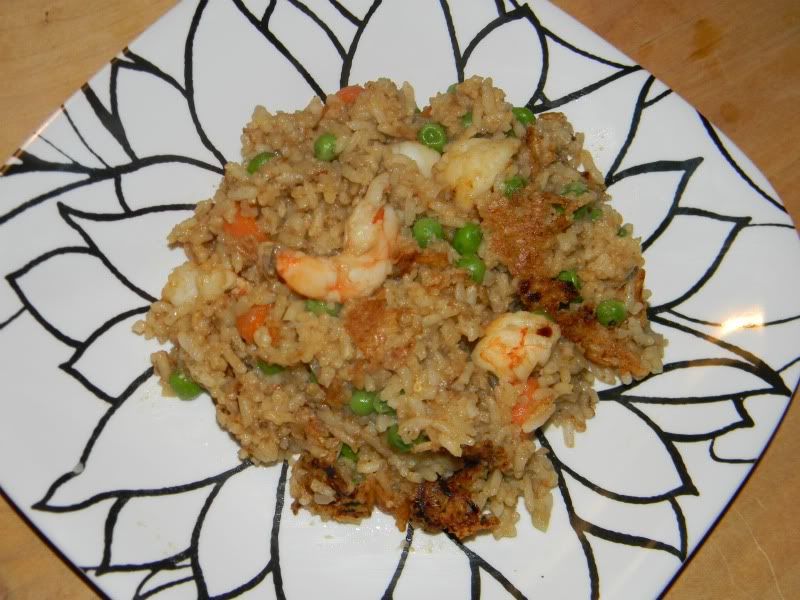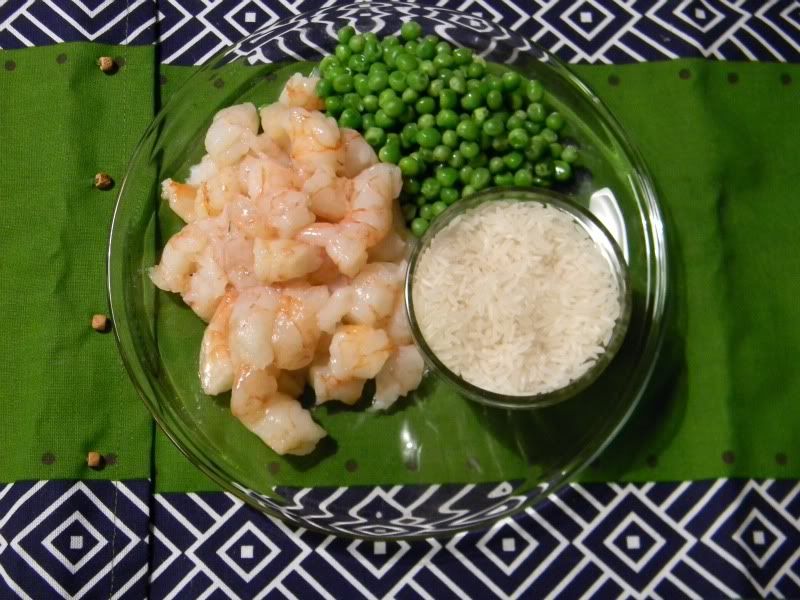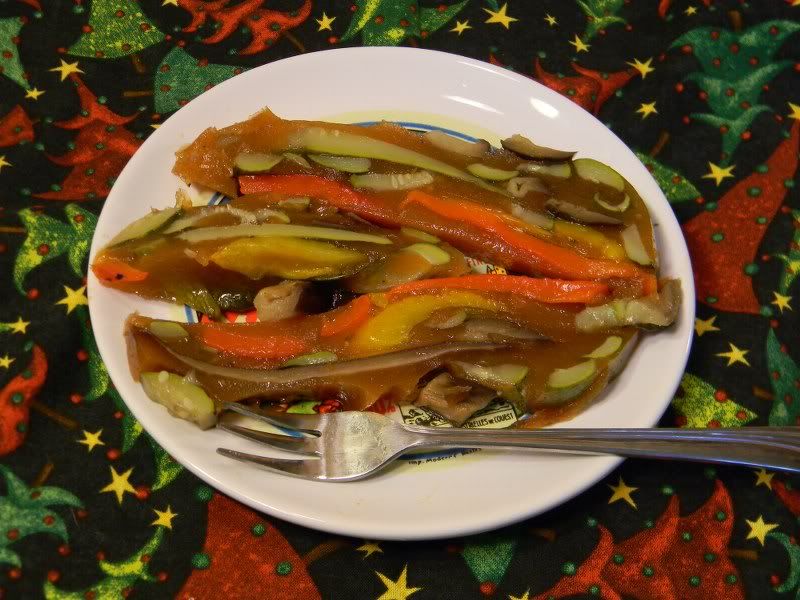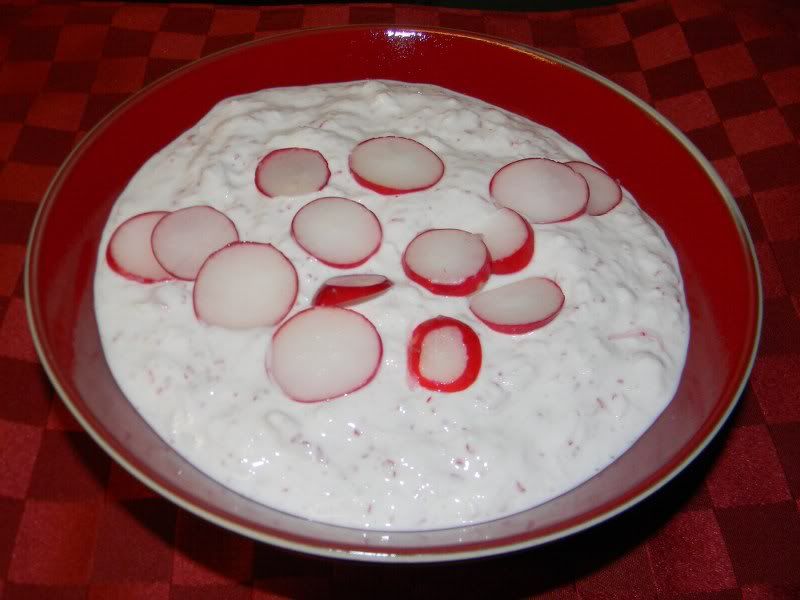
The last rose
The spider webs of the orb weavers, purple asters, ripening grapes, a perfect, cyan blue sky. Autumn's breath has whispered into the world, bringing me that particular energy for which I wait all year. That frisson of expectation ~ for preserving and canning, reading heavy books, getting back to my art projects as the rain falls, the rich flowers that bloom in early fall, mushrooms to forage ... lots of things.
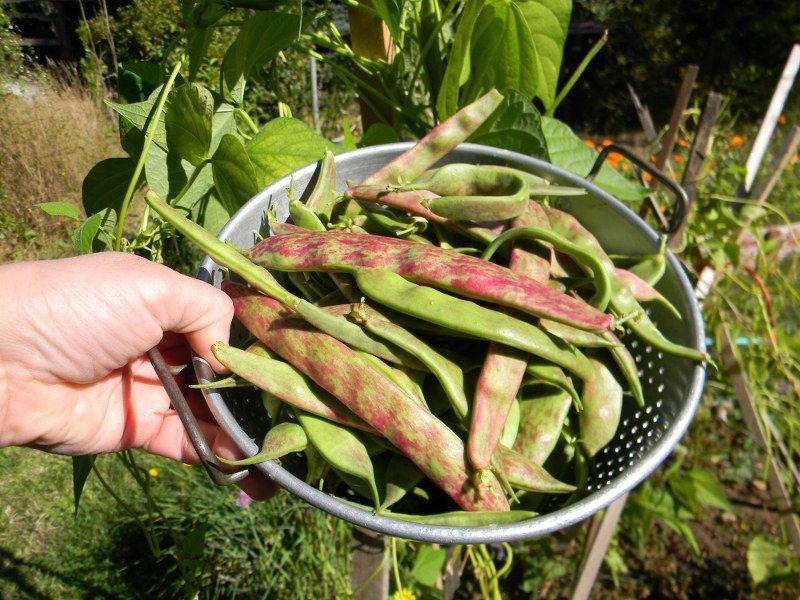
I harvested the last of the borlotti beans today - more than I realized were out there - they'll be part of the vegetable salad tonight. Grilled fennel, roasted beets, steamed beans and zucchini, all bathed in a creamy lemon chive dressing on arugula. Tastes of the season.

I sat outside this afternoon, writing in my journal and playing around with some poetry. The sounds of clucking chickens and splashing ducks were the soundtrack. It cracks me up to see the chickens lying on their sides, wings spread, sunning themselves. Must feel good. Well, actually, it did. As I often do, I was out there topless, soaking in that same delicious heat.
A languid, beautiful day. Here are some more photos of it ...

Streusel Cake of Fresh Fruits

Sleepy Garden

Hänsel, watching for field mice










